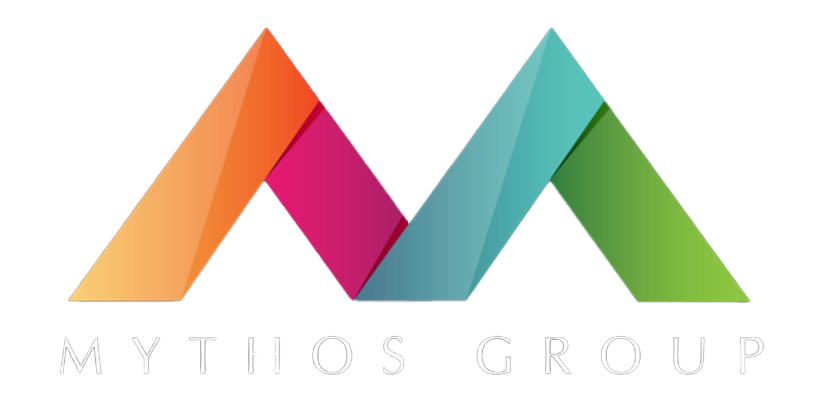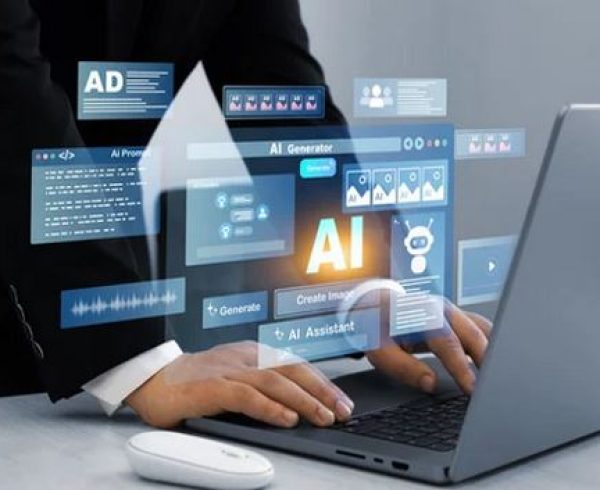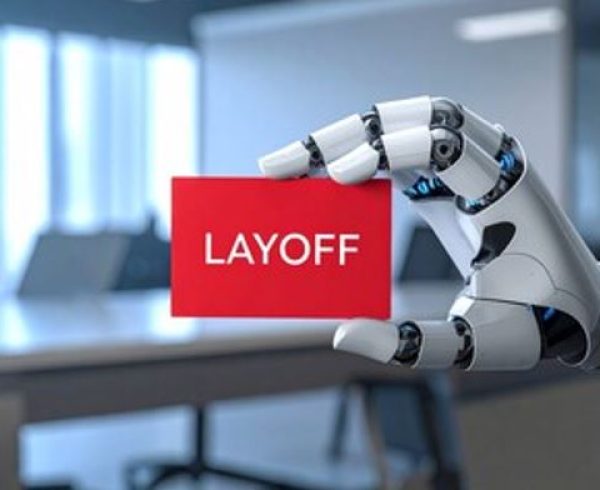The Reality Check
Most marketing executives think they’re managing Artificial Intelligence (AI). The reality is more unsettling: their AI is managing them. Here’s what I mean. Netflix’s recommendation engine drives 80% of what people watch, making content decisions that shape cultural conversations. Amazon’s pricing algorithms execute millions of price adjustments daily without human oversight. Google’s ad platform autonomously optimizes campaigns across billions of searches, shifting brand messaging in real time based on performance signals.
This isn’t the future of marketing. It’s happening right now, and most Chief Marketing Officers (CMOs) are just beginning to grasp the implications. The technology they implemented to improve efficiency has quietly evolved into strategic decision-making systems that operate faster and often more effectively than human teams. The question isn’t whether this transformation will continue but whether marketing leadership is prepared for what it means.
The companies that understand this shift as an organizational design challenge rather than a technology upgrade are already pulling ahead. Those still treating AI as an advanced automation tool are about to discover they’re competing with fundamentally different kinds of organizations. The gap between these two approaches is widening every quarter, and the window to get on the right side of this transformation is narrowing fast.
When Leadership Meets AI Reality
The shift happens gradually, then suddenly. Marketing teams implement AI tools to optimize campaign performance or personalize customer experiences. Initially, humans review and approve every AI recommendation. Then teams start accepting AI suggestions more frequently because the results improve. Eventually, the approval process becomes a formality because AI decisions consistently outperform human choices.
That’s when everything changes. AI agents begin making autonomous decisions about budget allocation, audience targeting, and creative direction. They adjust messaging based on real-time sentiment analysis. They shift spending across channels before humans even recognize market changes. The speed and sophistication of these decisions often exceed what marketing teams can achieve through traditional processes.
This transformation challenges everything marketing executives know about leadership. Most built their careers on being the strategic brain behind major marketing decisions. They developed expertise in reading market signals, understanding customer behavior, and making judgment calls that balanced multiple competing priorities. Now they’re discovering that AI systems can process those same signals faster and often with better outcomes.
The most successful marketing leaders I work with have learned to reframe their role entirely. Instead of making every strategic decision, they focus on designing the frameworks within which AI operates. They establish brand guardrails, define strategic parameters, and create feedback mechanisms that ensure AI decisions align with business objectives. This requires a fundamentally different skill set than traditional marketing leadership.
Rebuilding For Human-AI Collaboration
Traditional marketing structures break down when AI can execute complex campaigns faster than humans can approve them. The most successful organizations are redesigning their teams around human-AI collaboration rather than trying to fit AI into existing hierarchies. This means creating new roles, establishing different reporting relationships, and developing entirely new ways of working.
Campaign managers evolve into AI strategists who design decision frameworks rather than managing individual campaigns. Creative directors shift focus from approving every piece of content to establishing creative parameters that guide AI content generation. Data analysts become AI trainers who teach systems to recognize patterns and make increasingly sophisticated decisions.
The organizations getting this right understand that the goal isn’t efficiency but capability. They’re building marketing functions that can respond to market changes in minutes rather than weeks. They can test and optimize strategies at scale that would have been impossible with purely human teams. The competitive advantage comes not from having better AI tools but from designing organizations that can fully leverage AI capabilities.
Strategic Planning For The AI Era
Every marketing executive asks the same question: where do we start? The answer isn’t with technology selection but with strategic clarity about decision making. Organizations need to map which decisions benefit from AI speed and scale versus those requiring human judgment and creativity. This decision architecture becomes the foundation for everything else.
Building organizational readiness requires more than training people on new tools. Marketing teams need to develop comfort with ambiguity, learn to work at AI speed, and master new forms of collaboration. The change management challenge often exceeds the technical implementation challenge. Most organizations underestimate how fundamentally different it feels to work alongside autonomous AI systems.
Success requires new measurement frameworks that capture both performance and learning. Traditional marketing metrics miss the strategic value of building AI capabilities. The executives who get this right measure how quickly their organizations can adapt to new market conditions, not just how efficiently they execute existing strategies. They understand that competitive advantage comes from organizational agility, not just campaign performance.
The Strategic Imperative
Marketing leaders face a choice that will define their organizations for the next decade. They can continue treating AI as an advanced automation tool and watch competitors build fundamentally different capabilities. Or they can embrace the organizational transformation required to harness AI as a strategic partner and create sustainable competitive advantage. This isn’t a decision about technology adoption but about fundamental business strategy in an AI-driven marketplace.
The window for making this choice is narrowing rapidly. Organizations that understand agentic AI as a leadership and organizational design challenge are already building advantages that become increasingly difficult to match. They’re developing decision-making speed that allows them to capitalize on market opportunities before competitors even recognize them. They’re creating customer experiences that adapt in real time to individual preferences and behaviors. They’re building operational agility that lets them test, learn, and scale strategies at unprecedented pace.
The competitive implications extend far beyond marketing efficiency. Companies that master human-AI collaboration in marketing are developing organizational capabilities that will serve them across every business function. They’re learning how to design decision frameworks that enable autonomous systems while maintaining strategic control. They’re building cultures that can adapt quickly to technological change. They’re creating leadership competencies that will be essential as AI becomes central to business operations.
Where To Start
The executives who successfully navigate this transformation don’t try to boil the ocean. They begin with focused actions that build organizational capability while delivering immediate value. Based on my work with marketing leaders across industries, three foundational steps create the platform for everything else that follows.
Map Your Decision Architecture Begin by auditing how marketing decisions currently flow through your organization. Identify which choices require human creativity, brand judgment, or stakeholder alignment versus those that benefit from speed, data processing, or pattern recognition. This isn’t about replacing human decision making but understanding where AI can add the most strategic value.
Build Governance That Enables Autonomy Develop clear parameters that allow AI to operate independently while maintaining accountability for outcomes. This means establishing brand guardrails, performance thresholds, and escalation triggers that ensure AI decisions align with business objectives. The goal is creating enough structure to enable AI autonomy without creating so much oversight that you lose the speed advantage.
Invest in Organizational Readiness Start building the change management capabilities your marketing organization needs for this fundamental transformation. This means helping teams develop comfort with AI-driven decisions, creating new collaboration patterns, and establishing learning mechanisms that improve over time. Most organizations underestimate this human dimension and wonder why their AI implementations fail to deliver expected results.
The organizations that get this wrong won’t just fall behind in marketing performance. They’ll find themselves competing against fundamentally different kinds of companies that can move faster, adapt quicker, and respond to market changes with capabilities they cannot replicate. The strategic stakes are higher than most marketing leaders realize, and the time to act is now.







